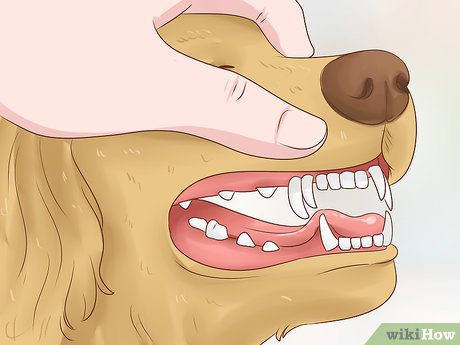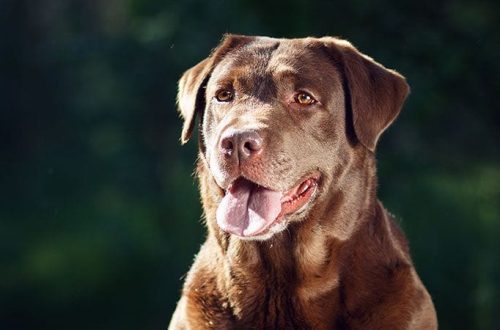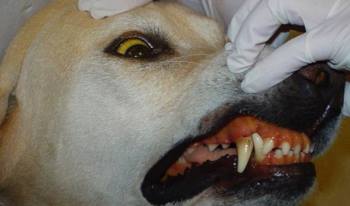
How to determine the age of a dog by external signs?
This article is for those who want to find out the age of a dog if it is not known for certain. Usually such a need arises when the animal was picked up on the street. Often, owners are also interested in a related topic: how to translate the years lived by a dog into a human equivalent. This is the subject of a separate article.
Why know the age of a dog?
Knowing the age of the dog helps to correctly prescribe some medical procedures for it:
develop a vaccination schedule;
choose the optimal time for sterilization;
prescribe the most appropriate treatment if the animal becomes ill.
In a word, this is an important point in the action plan if you find a dog.
How to determine the age by external signs?
There are several methods that complement each other.
To the teeth
This is the most accurate method, since certain changes in the teeth are characteristic of each age of the dog. All of them are presented in the summary table. A large role is given to the observation of tubercles on the chewing surface of all teeth, except for fangs. In puppies, they are shaped like a trident.
Dog age | Dental condition |
Under 3 weeks old | Teeth are missing. |
3–4 weeks | There are only milk fangs. |
4–7 weeks | Milk incisors and premolars are cut through. |
8 weeks | A complete set of milk teeth (usually 28). |
4–5 months | The beginning of the change of teeth to molars. |
5 months | The first molars erupt. |
6 months | Second molars erupt. |
7 months | Third molars erupt. |
8 months | A complete set of molars (usually 42). |
2 years | Complete erasure of tubercles on the anterior incisors of the lower jaw. Teeth remain white. |
4 years | Complete erasure of tubercles on the anterior incisors of the upper jaw. Teeth still remain white, but fade, shine disappears. In the absence of care, tartar is noticeable. |
5 years | The tubercles are erased on all incisors, the fangs become dull, the tooth enamel turns yellow. |
6 years | Erasure of large tubercles of molars and premolars. The lower incisors curve outward, the fangs are noticeably worn. |
8 – 10 years | Erasure of tubercles on all teeth. The fangs are barely taller than the rest of the teeth. |
Older than 10 years | Complete erasure of the crowns of the lower incisors, malocclusion, gradual loss of teeth. |
However, this method allows you to get really high accuracy only for young dogs: under the age of a year or a little older. The further, the more factors can influence the overall picture and the more approximate the estimates become.
By wool
This and the following methods are even less accurate and are used more as an auxiliary to confirm the initial conclusions.
Soft, delicate fur, which feels like fluff, indicates that the dog is under 1 year old.
In animals 2–3 years old, the coat is in perfect condition: it shines, combs well.
If, despite good care, the coat remains dull and brittle, most likely the dog has already reached the age of 6-7 years. This is also evidenced by the gray hair on the muzzle.
In the eyes
The eyes of a young dog are bright, the iris is bright, the look is lively and curious.
With age, the eyes seem to be more deeply set, the color of the iris becomes duller, the look “clouds” (the lens becomes less transparent).
By physique
Young dogs have well-developed muscles, elastic muscles, harmonious constitution.
A soft back and lowered belly, calluses on the joints, flabby muscles – all these are signs that the dog is at least 8-9 years old.
Thus, it will be possible to establish the age with an accuracy of 1-2 months only if we are talking about a puppy. For adult animals, even when assessing the entire set of characters, the error can be several years. In a word, it is more appropriate to speak rather than about determining the age, but about assigning the dog to one of the age groups: young, mature or old, in order to choose the right care for the dog and the appropriate food.





